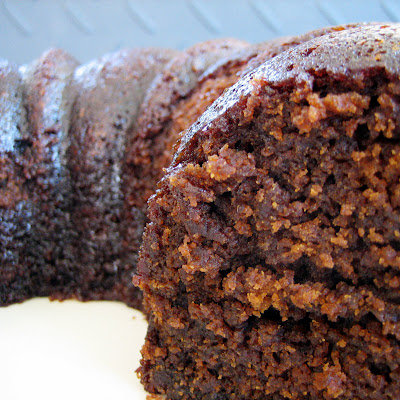Those who were following my trials and tribulations last year, will remember my ongoing issue with big hollows forming in the cookies (pillowing, as I've dubbed it), and that I had to make some adjustments to the recipe. I think those adjustments have worked well, and I made another change by using extra large eggs, rather than just large eggs. I think the added moisture went a long way to help the dough stay "coherent," you might say. No large voids, no pillows, just a consistent cookie. And look, they grew perfect feet!

Now, the hardest part of all, allowing the springerle to ripen for a week before eating any more of them! ^_^;
Here's the recipe I've been using, along with my alterations...
Whole Egg Springerle
from cookiemolds.com
originally published by Sharon Hudgins
"Edible Art," The World and I Magazine, Dec. 2001
4 extra large eggs, at room temperature
1/2 tsp anise extract
4 cups confectioners' sugar*
grated zest of 1 lemon
4 cups all purpose flour*
3/4 tsp. baking powder
Optional: 2 Tbsp. whole anise seed
* First sift, then measure by spooning gently into a measuring cup and
leveling off the top with a knife.
Beat eggs in a large bowl with an electric mixer on high speed for 10 minutes, until they are very pale and thick. Reduce mixer speed to medium; add anise oil. Gradually add confectioners' sugar, 2 tablespoons at a time, beating continuously. After all the sugar has been added, beat on high speed for 10 minutes longer. Stir in grated lemon zest.
Sift flour and baking powder together into another bowl. Gradually stir into egg mixture, 1/2 cup at a time, mixing with a large wooden spoon until dough is smooth. Transfer dough to a floured pastry board and knead by hand for 5 minutes, until dough is soft and smooth and doesn't stick to your hands. Wrap dough securely in Plastic wrap and refrigerate for 2 to 3 hours.
Lightly butter (or spray with PAM) two large cookie sheets (not the air insulated variety). Optional:Put anise seed into a small plastic bag and crush them lightly with a rolling pin. Sprinkle crushed anise seed evenly over the cookie sheets.
Lightly dust a pastry board with flour or confectioners' sugar. Break off one-fourth of the chilled dough, leaving the remainder tightly wrapped in plastic (at room temperature if you are working quickly, or return to refrigerator if you not). Working quickly, because it dries rapidly, roll out dough with a standard rolling pin to a thickness of 1/4 inch. Dust top of dough lightly with confectioners' sugar, flour, or cornstarch.
Dust the mold to be used with confectioners' sugar and shake off excess. If using flat Springerle boards, press them firmly into the dough, to stamp the designs on the dough. If using a Springerle rolling pin, roll it only once firmly across the sheet of dough. With a fluted pastry cutter, pizza cutter, or sharp knife, cut the imprinted dough into individual cookies, each with a separate design in the middle. (If you plan to use the cookies as ornaments, punch a hole in the top of each with a skewer or matchstick. After baking, put a ribbon or piece of yarn through the hole to hang cookies on the tree.)
Use a spatula to transfer Springerle cookies to the baking sheets, placing cookies 1/2 inch apart Roll, stamp, and cut the remaining dough, re-rolling any scraps, until all the dough has been used. Let unbaked cookies sit in the open air, uncovered, in a warm room (away from children and pets) for 12 to 24 hours to dry thoroughly.
Preheat oven to 275ºF. Bake cookies on the middle rack of the oven, one baking sheet at a time, for 20 to 25 minutes. Watch carefully; don't let them over bake. They should be white on the top and pale golden on the bottom. Immediately remove the cookies from the baking sheets and transfer them to wire racks to cool for at least 1 hour. Brush remaining anise seed (if used) into an airtight container to use for storing Springerle.
When they have cooled completely, put them into the container with half an apple or a slice of bread set on top of the cookies, to make the Springerle soften while their flavor is developing. Cover container tightly. Leave cookies in container for at least 1 week (and up to 4 weeks), changing the apple or bread every few days to prevent mold from growing.
After their flavor has been allowed to ripen, Springerle can be eaten or stored for longer periods in the freezer. Stack them in a plastic freezer container, with a piece of wax paper between each
layer of cookies. Serve Springerle with coffee, tea, or a glass of chilled, not-too-dry, Alsatian, Rhine, or Mosel white wine. Makes approximately 60 two-inch-square Springerle cookies. (yield will vary, depending on size of cookie molds used.)
Note: Springerle cookies can be left totally white, or the designs on them can be painted with edible coloring materials.













